The post-pandemic role of bricks and mortar retail
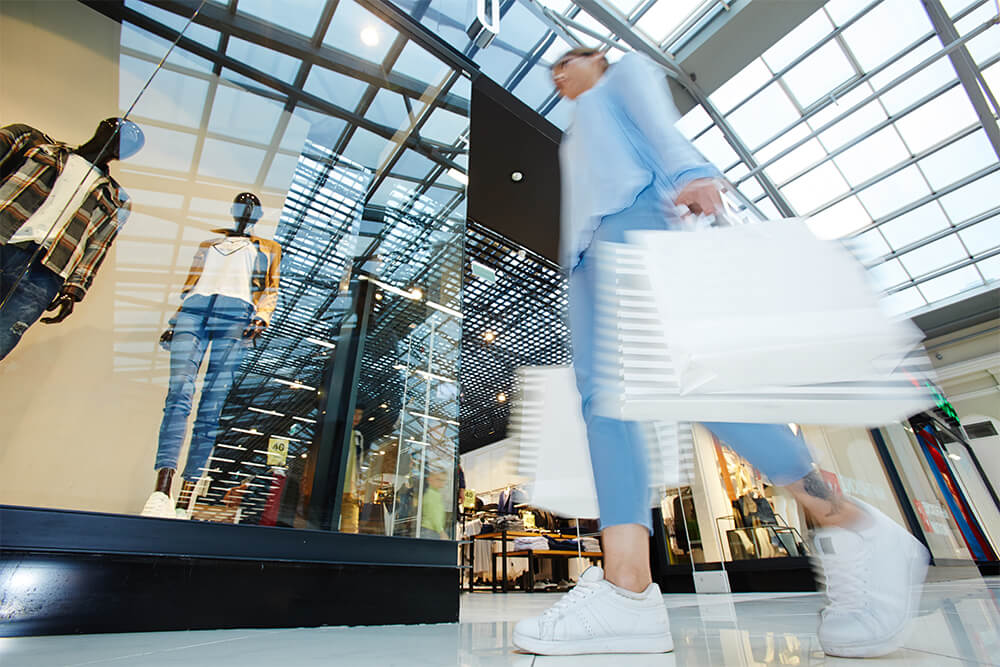
Retail was changing long before Covid-19 reshaped the landscape of physical stores, but in the wake of a global pandemic, the role of bricks and mortar is continuing to shift dramatically.
Rather than a place where transactions occur, the retail store of the post-pandemic world will need to delight, excite, and engage customers, while purchasing will occur either online or in the moment.
Here are four ways that the post-pandemic role of bricks and mortar retail will shift in 2021 and beyond.
A true experience
The post-pandemic store will be all about the customer experience. It will be a place for consumers to gain insight, test, try and immerse themselves in products.
In the wake of Covid, consumers need a reason to venture into physical spaces and as a result, stores will need to offer unique features above and beyond the convenience of the online space.
For customers, bricks and mortar will be the place where they seek out expertise and options that are tailored for the individual customer.
Example: Rebel RCX
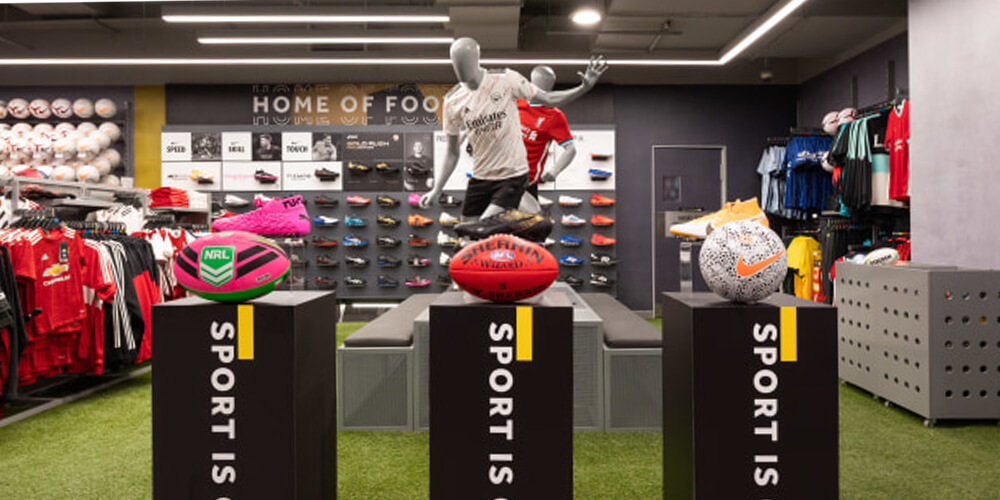
Opened in October 2020, the Rebel RCX store in Western Sydney is a prime example of how interactivity and the customer experience are driving the future of physical retail.
Among the features designed to delight and excite, the store offers a customisation zone where shoppers can design their own graphics for their t-shirts, an indoor soccer zone, ‘Home of Basketball’, and e-gaming.
All these strategies are designed to offer an experience that goes far beyond the retail environment, allowing the customer to immerse themselves in a store and its ethos.
“Customers are yearning for great experiences and it’s our responsibility to bring it to them,” noted retail strategist Danny Lattouf of The General Store, who helped bring the Rebel concept to life.
A showpiece
The physical space of a retail store offers the opportunity to provide an insight into a brand’s ethos and feel, showcasing to consumers exactly what it means to be part of their ‘tribe’.
The store of the future is very much about a sense of community and about providing a showpiece that taps into the psyche of their desired consumer.
Example: Four Pillars Gin Laboratory, Sydney
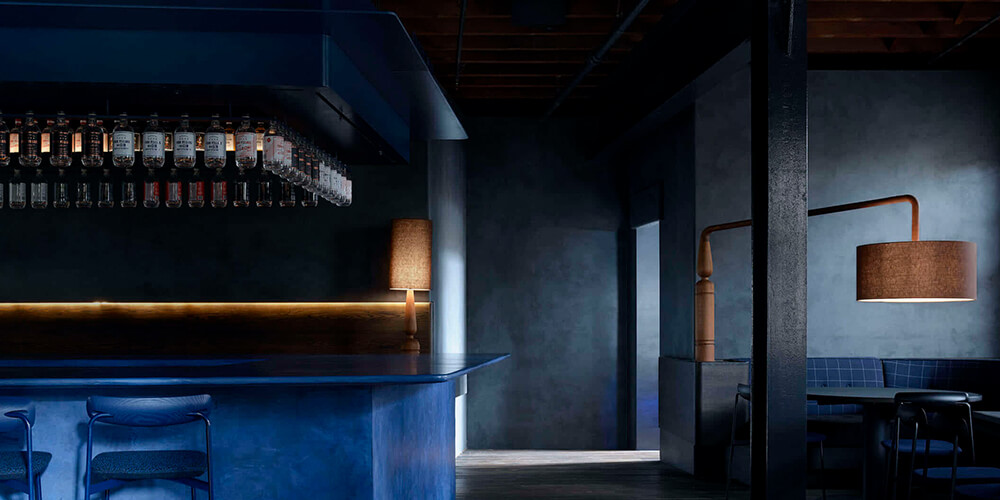
Named among Australia’s 20 Coolest Retailers last year by Inside Retail, Four Pillars is a gin shop with a major point of difference.
Last year, the retailer opened a multi-use venue in the trendy Sydney suburb of Surry Hills, offering a cocktail bar, experiential gin lab, and education space.
“When we thought about what we wanted to bring to Sydney, we were determined to take that same passion for making, creativity and experimentation and focus it on the delicious drinks you can make with our gins. And we wanted to serve it all up with our signature love of warm hospitality and beautiful design,” co-founder Matt Jones told Inside Retail.
“The result is the Four Pillars Laboratory in Surry Hills, a delicious playground for Sydney’s gin lovers and a new bucket list destination for gin fanatics around the world.”
A pick-up point
Physical retail can be glamourous, but it can also play to a unique strength of practicality. And that’s a trend many retailers embraced in 2020 as they sought to offer convenience in a crisis.
From click and collect to contactless retail, many physical stores transformed into pseudo warehouses, allowing customers to order online and then pick up at the nearest outlet.
This convenience is not going anywhere in a hurry, allowing physical retailers to maximise the viability of their premises.
Example: Bunnings
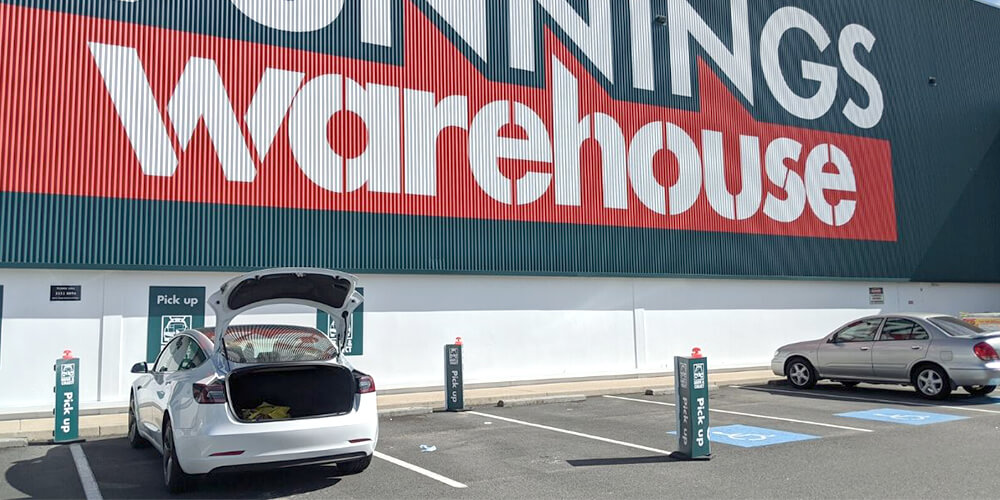
Bunnings was among the retailers to thrive during the challenge of 2020, courtesy of its quick pivot to contactless pickup.
In many ways, it honoured the ‘warehouse’ component of its name, with customers able to order online and then have products delivered to the boot of their car in the nearest store’s carpark.
A service centre
Whether it’s offering wardrobe advice, custom fitting, tailoring, or product repairs, retailers also have the opportunity to lure customers in with services that go above and beyond the concept of sales.
This plays to the authority of the retailer, with sales associates positioned as the essential experts in their field who customers turn to as a trusted advisor.
Example: Sephora
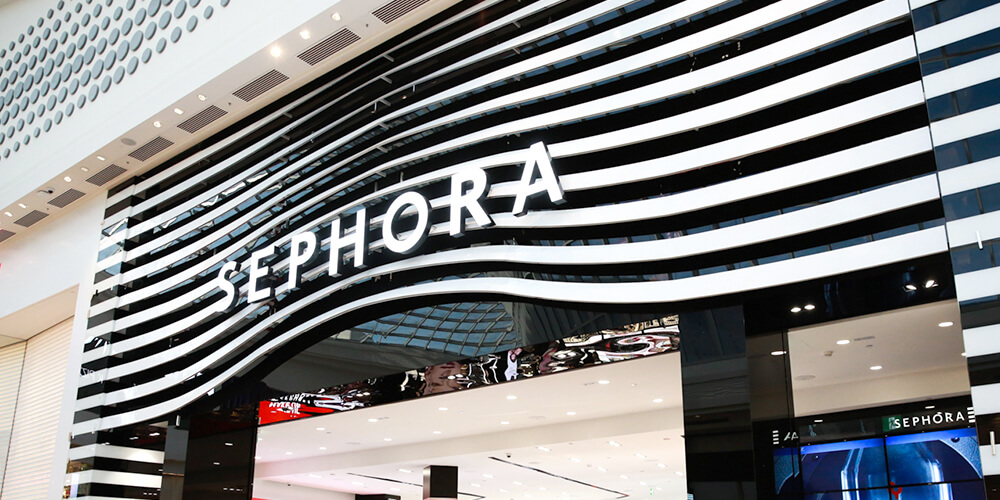
Over recent years Sephora has been a prime example of a retailer nailing the concept of service. Although impacted by the social distancing of Covid, they have carved out a reputation for in-store services like beauty advice and digital try-on experiences.
“I think the role of any brick-and-mortar location is not just to offer the product, but make it so that there’s a reason to walk in beyond just the product,” senior vice president of merchandising for colour and fragrance at Sephora, Alison Hahn told the US National Retail Federation.
“Sephora has done a really good job of that over time. And I’m proud to say that our … beauty advisors are the lifeblood of what goes on in a store because they’re the face of the retailer and they’re who the clients see every day. That’s really key.”
You can learn more about strategies and tools to engage the customer in store here.